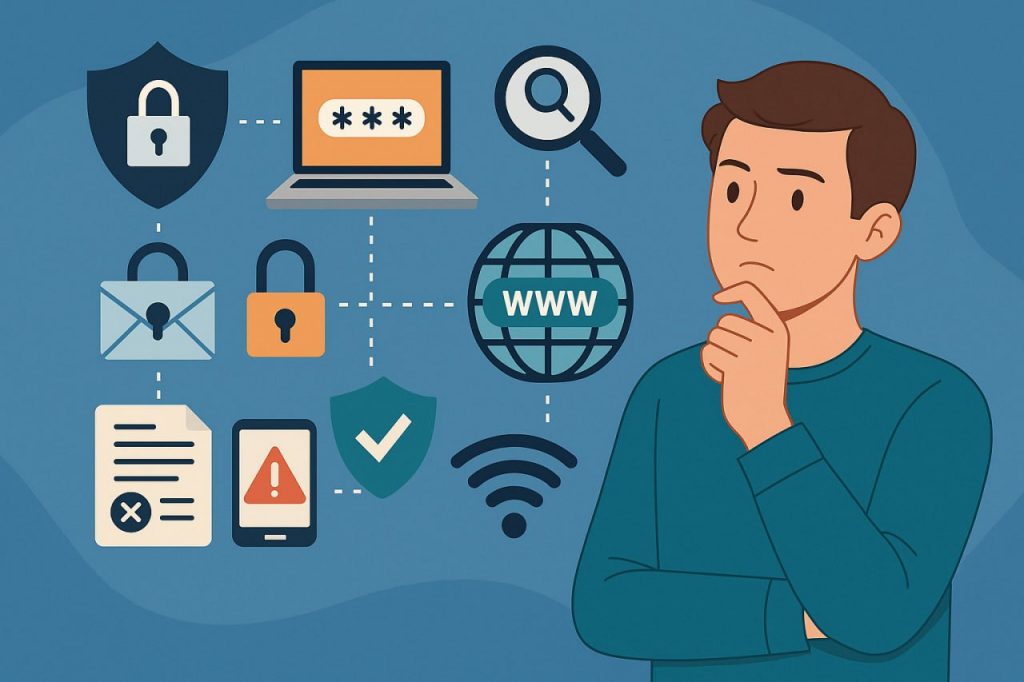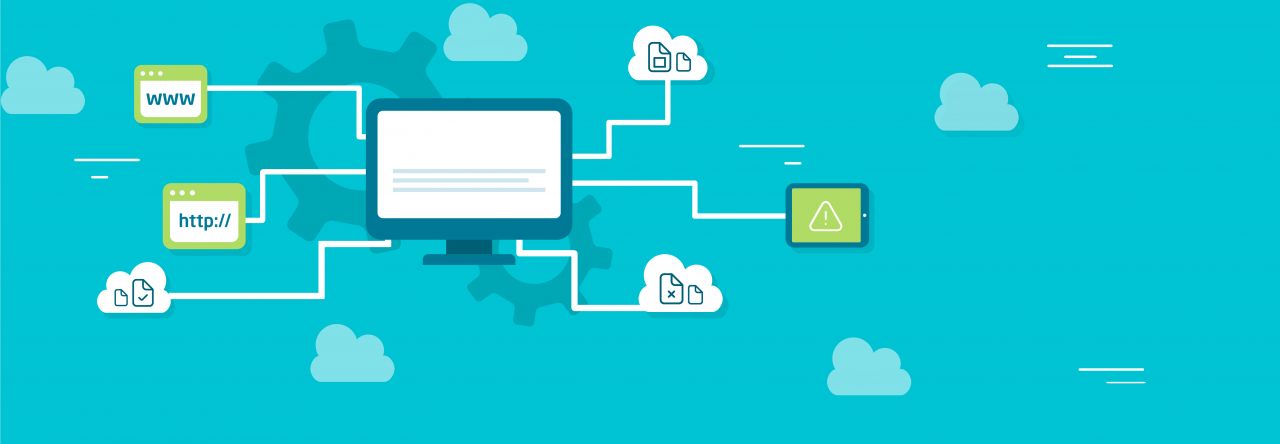
In today’s digital era, where personal information is stored online and purchases, work, and communication are conducted over the internet, cybersecurity is no longer optional — it’s essential. As we move into 2025, cyber threats continue to evolve: phishing scams are becoming more sophisticated, data breaches more widespread, and hackers more inventive. But here’s the good news: even small steps can significantly improve your online safety.
This article offers 10 practical tips to help you safeguard your personal information, avoid scams, and feel more confident while navigating the digital world.
1. Create Unique and Strong Passwords
One of the most common ways hackers break into accounts is through weak or reused passwords. Avoid obvious choices like “123456” or “password.” A secure password should be at least 12 characters long and include a mix of upper and lowercase letters, numbers, and symbols.
Pro Tip: Never reuse passwords across multiple platforms. Use a password manager like Bitwarden or 1Password to keep your credentials safe and organized.
2. Enable Two-Factor Authentication (2FA)
Two-factor authentication adds an extra layer of security. In addition to your password, you’ll need a second form of identification—such as a code from an app or SMS—to log in.
Recommended apps: Google Authenticator, Authy, Microsoft Authenticator.
3. Be Cautious with Emails and Links
Phishing is when cybercriminals impersonate legitimate companies to steal your information. These attacks often come via email or social media.
Always check the sender’s email address and website URL before entering any personal information.
4. Keep Your Software Updated
Software updates don’t just bring new features — they fix security flaws. Outdated software is one of the most common entry points for hackers.
Enable automatic updates for your operating system, browser, antivirus, and essential apps.
5. Use Antivirus Software
Even in 2025, antivirus programs remain a critical line of defense. Choose a reliable antivirus that can detect phishing sites, spyware, and malicious files.
Popular options: ESET, Kaspersky, Bitdefender, Norton.
6. Secure Your Wi-Fi Network
A poorly protected home Wi-Fi network is an open door for intruders. Change the default login and password on your router, create a strong access key, and use WPA3 encryption if available.
Don’t share your Wi-Fi password with neighbors or casual guests.
7. Limit Personal Info Shared on Social Media
The more personal details you post, the easier it is for scammers to impersonate you or gather sensitive data. Review your privacy settings on Facebook, Instagram, and TikTok.
Avoid posting your phone number, home address, banking details, or geotagged photos.
8. Use VPN on Public Wi-Fi
Connecting to public Wi-Fi (in cafes, malls, airports) puts your data at risk. A VPN (Virtual Private Network) encrypts your connection, making it harder for anyone to intercept your information.
VPNs also hide your IP address and can help bypass geo-restrictions.
9. Back Up Important Data Regularly
No security setup is 100% foolproof. Protect your files by backing them up to an external drive or cloud service.
Consider using Google Drive, Dropbox, OneDrive, or a personal NAS for automated backups.
10. Choose Trusted Online Services
Planning to launch a website or need reliable hosting? Choose platforms with solid reputations and modern security protocols. A trustworthy provider is key to protecting your online business.
- Register a secure domain to manage your digital identity.
- Purchase hosting with DDoS protection and high uptime.
- Add an SSL certificate to encrypt data and boost trust.
Final Thoughts
The digital world is changing, and so are the tactics of cybercriminals. But you don’t need to be a tech expert to stay safe. With a little awareness and consistency, you can dramatically reduce your risks. From using strong passwords to enabling VPNs, every step you take strengthens your defenses.
Want to protect not just yourself, but also your online business? Start with a secure domain and hosting plan from RX-NAME. Reliability, safety, and expert support — the three pillars of your digital presence.

Leave a Reply